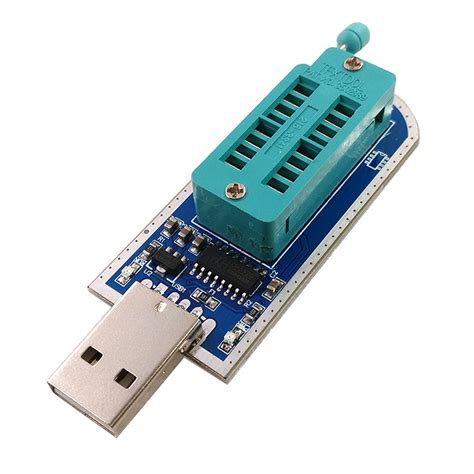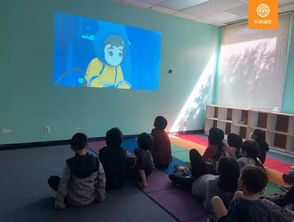编程开发入门
Title: Crafting an Effective Programming Development Course
In the realm of programming development courses, a robust curriculum is the cornerstone of success. Let's delve into the key components and strategies for crafting an effective programming development course that empowers learners with essential skills and knowledge.
Understanding the Audience
Before diving into course design, it's crucial to understand the target audience. Are they beginners with no prior coding experience, intermediate learners aiming to deepen their understanding, or advanced developers seeking specialization? Tailoring the course content to the audience's proficiency level ensures relevance and engagement.
Structuring the Curriculum
1.
Foundational Concepts
: Start with fundamental programming concepts like variables, data types, control structures, and functions. These serve as building blocks for more complex topics.2.
Programming Languages
: Introduce popular languages such as Python, Java, or JavaScript based on industry demand and learner goals. Focus on syntax, semantics, and best practices.3.
Web Development
: Cover HTML, CSS, and JavaScript for web development basics. Explore frameworks like React or Angular for advanced frontend development.4.
Database Management
: Teach relational database concepts and SQL for data manipulation. Include practical exercises on database design and querying.5.
Software Development Lifecycle
: Familiarize learners with Agile methodologies, version control systems like Git, and collaborative tools such as GitHub.6.
Algorithm and Data Structures
: Introduce essential algorithms and data structures, emphasizing problemsolving skills and algorithmic thinking.7.
Specialization Tracks
: Offer elective modules or tracks for specialized areas like mobile app development, data science, or cybersecurity.Interactive Learning Methods

1.
Handson Projects
: Incorporate realworld projects to reinforce learning and build practical skills. Encourage collaboration and problemsolving.2.
Coding Challenges
: Provide coding challenges and exercises to enhance problemsolving abilities and algorithmic thinking.3.
Code Reviews
: Foster a culture of code reviews where learners give and receive constructive feedback, promoting code quality and best practices.4.
Interactive Platforms
: Utilize online coding platforms like Codecademy, LeetCode, or GitHub Classroom for interactive learning experiences.5.
Guest Lectures and Workshops
: Invite industry professionals to share insights, trends, and best practices, offering learners exposure to realworld scenarios.Assessment and Feedback
1.
Regular Assessments
: Conduct quizzes, assignments, and coding assessments to evaluate understanding and track progress.2.
Feedback Loops
: Provide timely feedback on assignments and projects, highlighting strengths and areas for improvement.3.
Peer Review
: Introduce peer review mechanisms where learners evaluate each other's work, fostering collaboration and a sense of community.Resources and Support
1.
Comprehensive Materials
: Offer a variety of resources including video lectures, tutorials, documentation, and supplementary readings to cater to different learning styles.2.
Dedicated Support
: Provide access to forums, chat groups, or office hours where learners can seek help from instructors and peers.3.
Continued Learning Opportunities
: Encourage learners to explore additional resources, attend workshops, or participate in hackathons to continue their learning journey beyond the course.Continuous Improvement
1.
Feedback Mechanisms
: Regularly solicit feedback from learners to identify areas for improvement and adapt the curriculum accordingly.2.
Stay Updated
: Keep abreast of industry trends, emerging technologies, and best practices to ensure the course content remains relevant and uptodate.3.
Iterative Approach
: Embrace an iterative approach to course design, refining content and methodologies based on learner feedback and changing industry needs.Crafting an effective programming development course requires a blend of pedagogical expertise, industry insights, and a commitment to continuous improvement. By understanding the audience, structuring the curriculum thoughtfully, employing interactive learning methods, providing robust assessment and feedback mechanisms, offering comprehensive resources and support, and embracing a culture of continuous improvement, educators can empower learners to thrive in the dynamic world of programming development.
For further inquiries or customization of this course outline, feel free to reach out. Happy coding!
I've structured the content as per your request. If you need any adjustments or additional information, just let me know!
版权声明
本文仅代表作者观点,不代表百度立场。
本文系作者授权百度百家发表,未经许可,不得转载。











